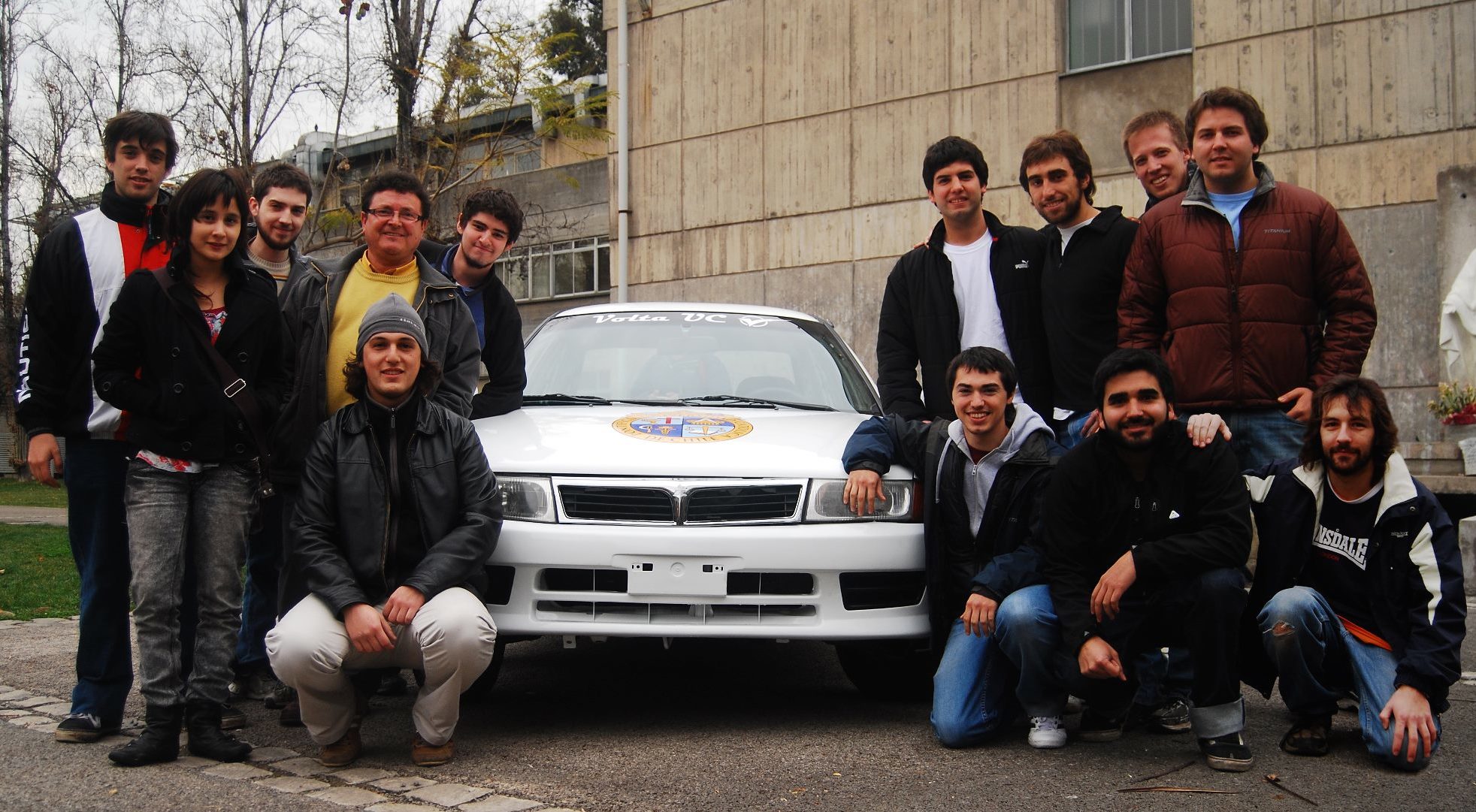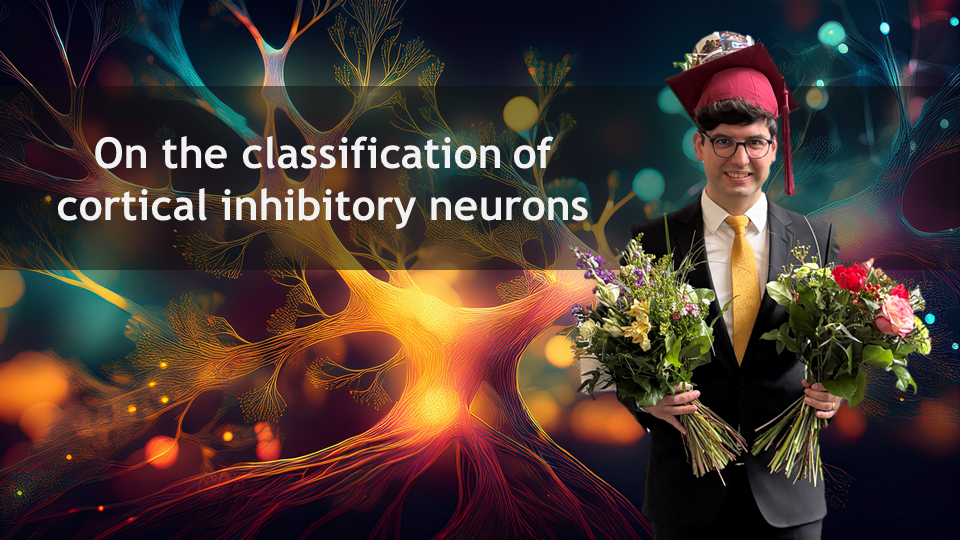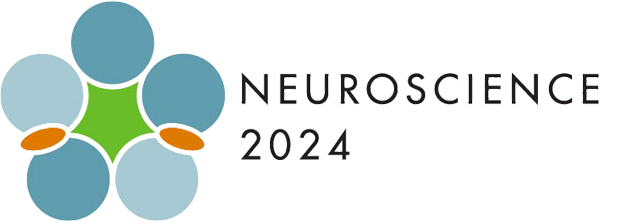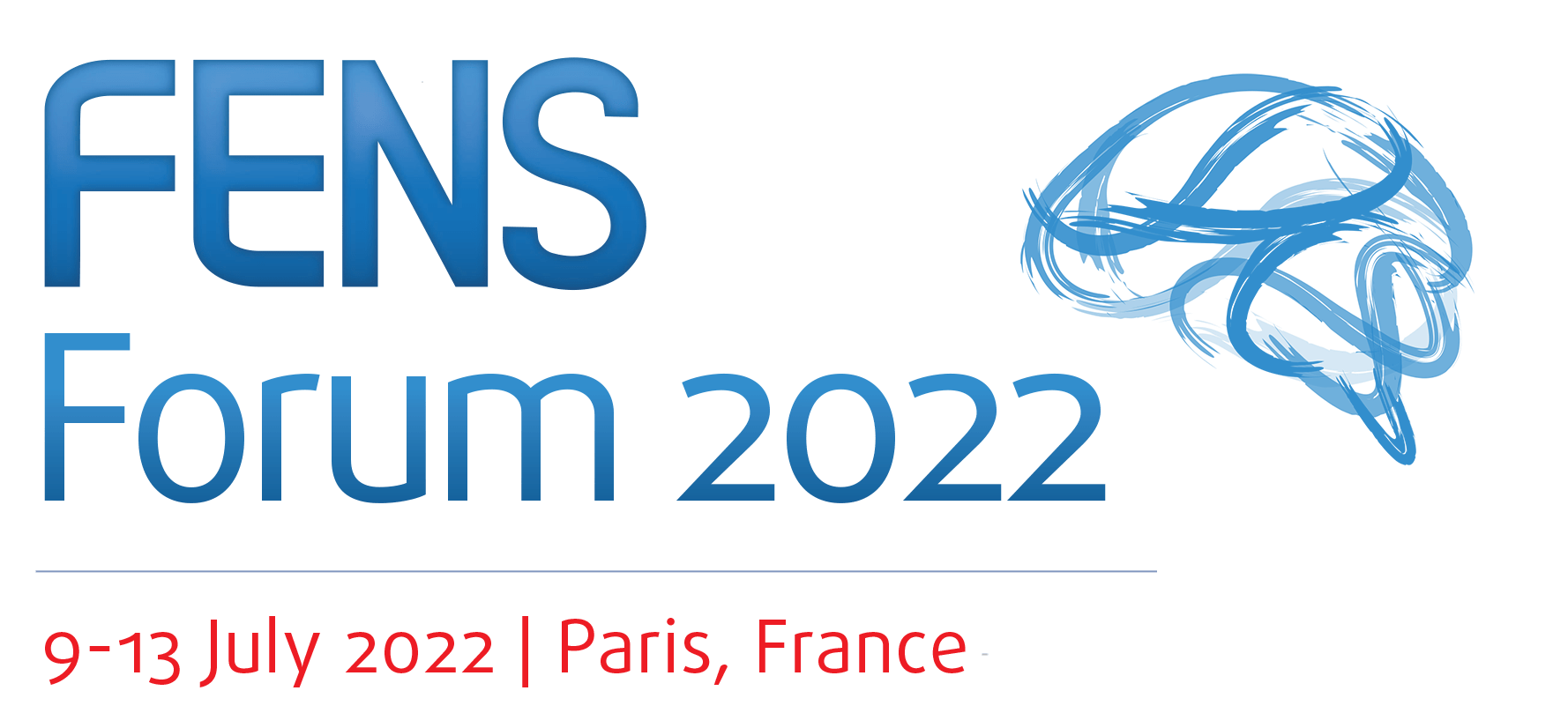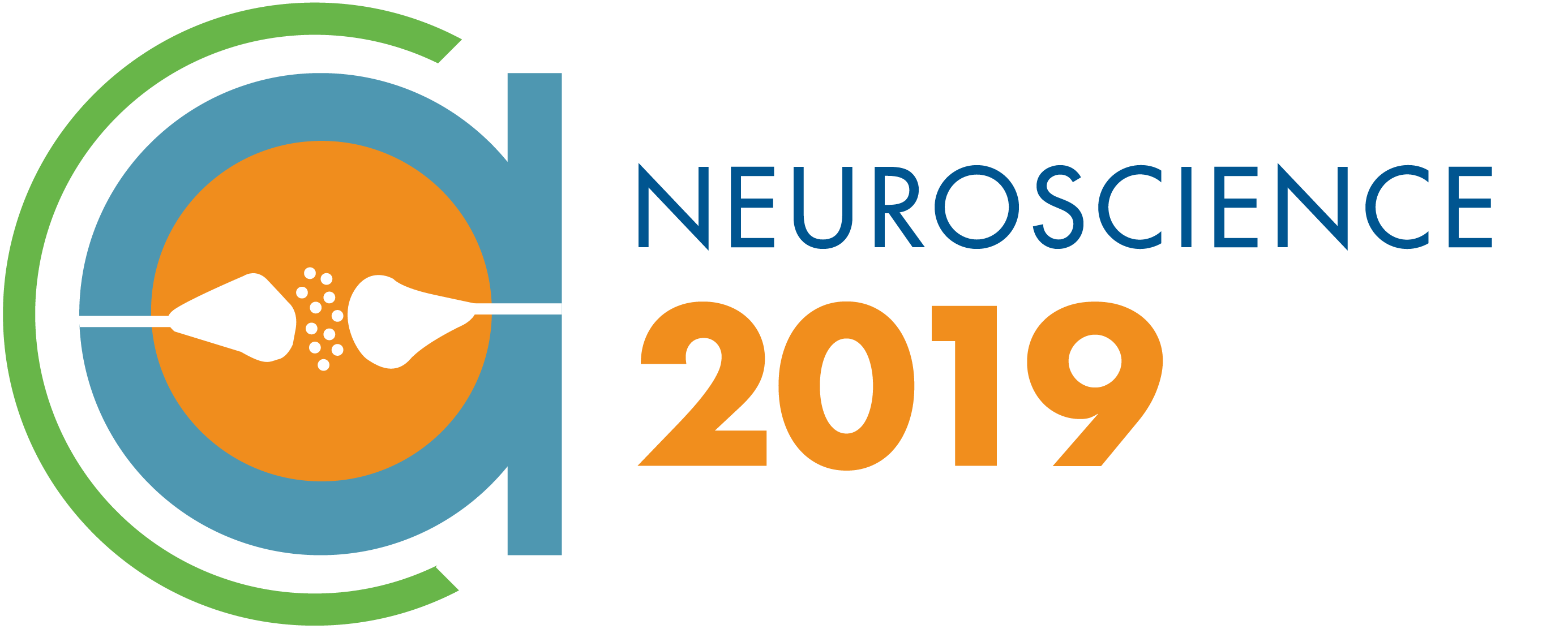Confidence-weighted integration of human and machine judgments for superior decision-making
Felipe Yáñez, Xiaoliang Luo, Omar Valerio Minero, and Bradley C. Love
Working paper (under review)
preprint
code
FOXP2-immunoreactive, corticothalamic pyramidal cells in neocortical layers 6a and 6b are tightly regulated by neuromodulatory systems
Guanxiao Qi, Danqing Yang, Fernando Messore, Arco Bast, Felipe Yáñez, Marcel Oberlaender, and Dirk Feldmeyer
iScience 2025
paper
preprint
Large language models surpass human experts in predicting neuroscience results
Xiaoliang Luo*, Akilles Rechardt*, Guangzhi Sun*, Kevin K. Nejad*, Felipe Yáñez*, Bati Yilmaz*, ..., and Bradley C. Love*
Nature Human Behaviour 2024
paper
preprint
code
website
* indicates major contributions
Simulation-based inference for efficient identification of generative models in computational connectomics
Jan Boelts, Philipp Harth, Richard Gao, Daniel Udvary, Felipe Yáñez, Daniel Baum, Hans-Christian Hege, Marcel Oberlaender, and Jakob H. Macke
PLOS Computational Biology 2023
paper
preprint
code
A hidden parameter network that explains topological properties observed in neocortex
Felipe Yáñez, Daniel Udvary, and Marcel Oberlaender
ICLR Generalization Workshop 2021
paper
poster
Primal-Dual Algorithms for Non-negative Matrix Factorization with the Kullback-Leibler Divergence
Felipe Yáñez, and Francis Bach
IEEE ICASSP 2017
(oral presentation)
paper
slides
preprint
code
Quantitative Susceptibility Map Reconstruction via a Total Generalized Variation regularization
Felipe Yáñez, Audrey Fan, Berkin Bilgic, Carlos Milovic, Elfar Adalsteinsson, and Pablo Irarrázaval
International Workshop on Pattern Recognition in Neuroimaging 2013
paper


